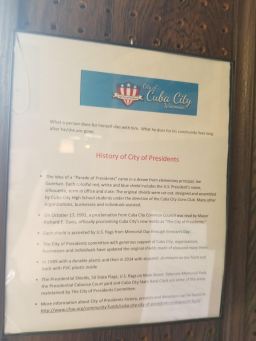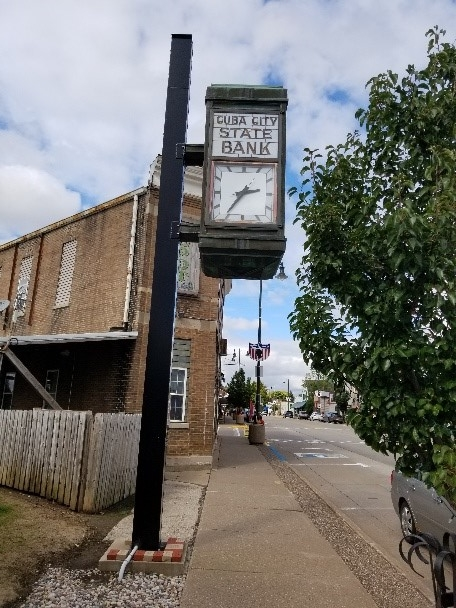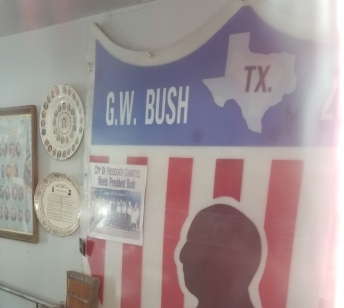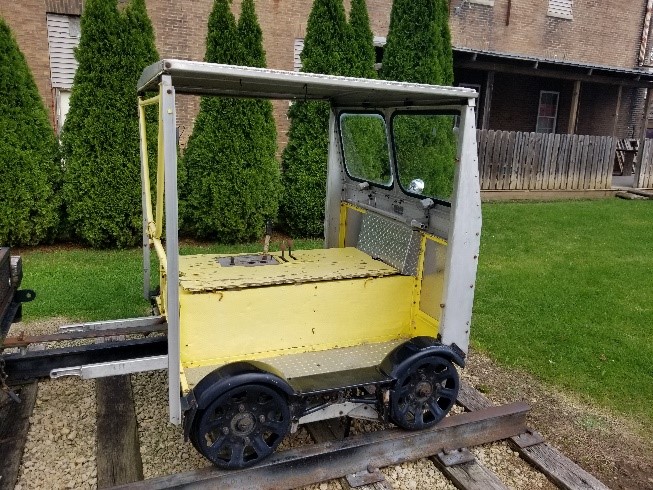Wisconsin is known for beer. Part of what makes our beer so great is the expertise of the brewers who came here, but, as those brewers have said in many places, another reason is the purity of the water and the way its filtered through the unique geography of the area. It also doesn’t hurt that the same properties that make the area’s rolling hills also make it easy to store and chill beer barrels in the many caves throughout the area.
We have breweries all over, but there is one that really stands out as a pillar of the community its a part of: the Potosi Brewery. that is, unless you don’t find brewing for charity, town-wide taste testing, or beer raining from the sky terribly interesting! If you’re like most Wisconsinites, I know you’ll enjoy Potosi Wisconsin and their brewery.

The brewery began in 1852 by Gabriel Hail Sr. and his sons, Gabriel Jr. and John. Though they were brewing in 1852 they didn’t have an actual brewery building until 1854 when they had one built. Potosi was a perfect place to start a brewery back before refrigerators and modern transportation for several reasons. The building was built with direct access to the inside of a cave that was naturally around 46 degrees. It was a perfect place to store the beer. Potosi also has a stream of spring water that they could use for brewing. They stopped using the spring water several years ago and then they switched back and people have said that the beer is crisper and more flavorful. In addition to all of those amenities for brewing, Potosi is also very close to the Mississippi River which allowed them to ship their beer easier back when the brewery was starting up thanks to the Potosi steamboat.

The brewery changed owners around 1882, it was then bought by Adam Schumacher in 1886 and exploded in popularity due to his skills in brewing German lager and it officially became “The Potosi Brewing Company”. The brewery went through prohibition, and then some growth and changes until sadly in 1972 they closed their doors. That wasn’t the end however, in 2008 they reopened their doors thanks to the hard work and dedication of the citizens and now it stands as a major tourist attraction and home to the “National Beer Museum”. They also donate their proceeds to charities such as a Platteville scholarship fund, local boy scout troops, and other organizations.

One weekend this fall, I decided to invest a mere $13 to take a tour. As soon as my father heard about it I was obligated to bring him along! Then my brother heard and encouraged his girlfriend to also come with so he could have the house to himself and enjoy his new video game without interruption. So then, after having paid for both of them and myself, we set off. Lauren brought her camera and my father brought his winning smile.
Tours are every weekend and include a look at the production facility, town history, and most importantly…free beer. For the responsible adults there was a fine selection of craft beers to choose from and you could responsibly sample a few. However of course, we were irresponsible adults with no need to be anywhere for the rest of the day so we decided before we even got there that we would try everything we could see. Then we were given a free pint of whatever we wanted to take with us on the tour and they shoved us on the tour so we wouldn’t drink them dry.
Potosi’s long history meant there were plenty of fun and interesting facts. For instance, in 2007 before they reopened, they had a small but important problem. The facilities had burned down and the recipes were lost. So, the town bravely banded together and drank from batch after batch until they had settled on what they believed was the original recipe. The beer in question is called “Good Old Potosi”, which is described as “a Golden Ale with a delicate malt flavor and sweet finish. Light in body, full in flavor.”. In my opinion it’s a fairly boring beer but it tastes just like an old beer should. One of my favorites was the Steamboat Lemon Shanty which has a light color and crispy lemon flavoring.
We also learned that it wasn’t always a cake walk working in the brewery. They used to have a pipe to send the beer from the production facility to the bottling facility (both original facilities are now re-purposed for other things) and this pipe spanned over the street. However, the beer sometimes had trouble staying in the pipe. When semis rolled through town they would hit the pipe and cause it to burst, sending a shower of beer down on the town.
There’s a lot more to Potosi than just beer. There’s beautiful scenery, great people, and …. there’s wine.

They’re also home to the Whispering Bluffs Winery. The winery is located in what used to be the bottling plant of the old brewery before it was renovated and reopened. All their wines are made in Wisconsin, from Wisconsin grapes. All the wines are inspired by local birds. The painting on the left is the same as the picture on the bottle of wine. The painting itself was done by the owner of the winery, Wes Hilmick.
Just down the hall from winery is a woodworking shop called Bright Idea. The shop is also located in the old bottling plant. Lining the walls of the hallway between are framed articles of the local paper that tell the history of the brewery. Bright Idea is owned and operated by a father and son carpentry team, Gary and Tyler David. They sell tables, candle holders, and other beautiful work that they hand crafted themselves. They own their own sawmill and harvest all of their lumber locally. Bright Idea has a website, as well as Facebook and Instagram where they promote and sell their products as well as tell their interesting, Wisconsin grown, story.

Potosi is home to a brilliant brewery, winery, and a carpentry shop. In my opinion, a small town doesn’t get much better than that. They have a fun tour of the brewery where you have plenty of chances to try their specialty beers. Then you can enjoy wonderful food at the attached restaurant. The bottom line is, if you’re looking for something fun to do in Southwest Wisconsin Potosi is the place to be and best of all it’s all local, local ingredients, owners, products, and it helps Wisconsin thrive. Schedule tours or look at the craft beers here at the Potosi Website.








